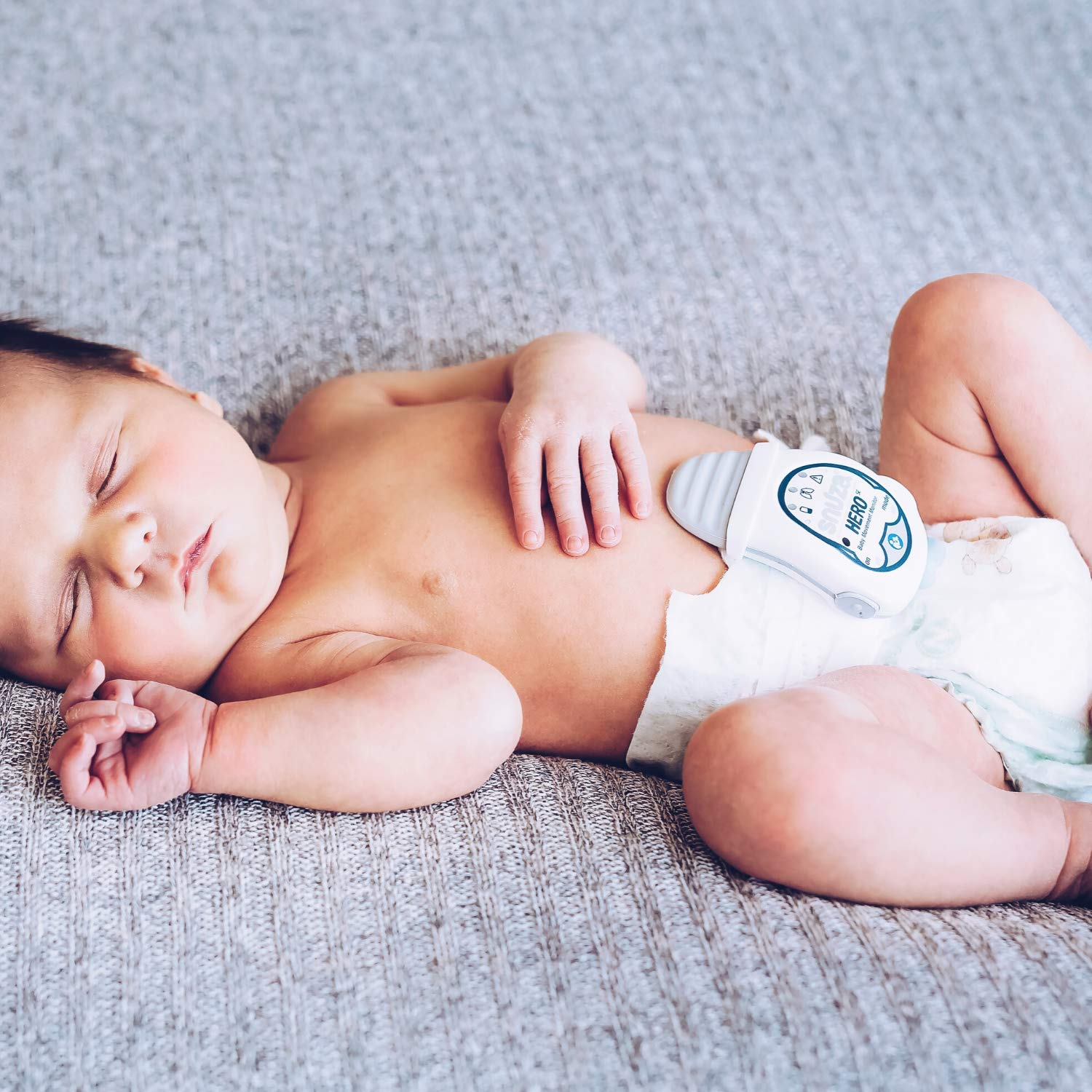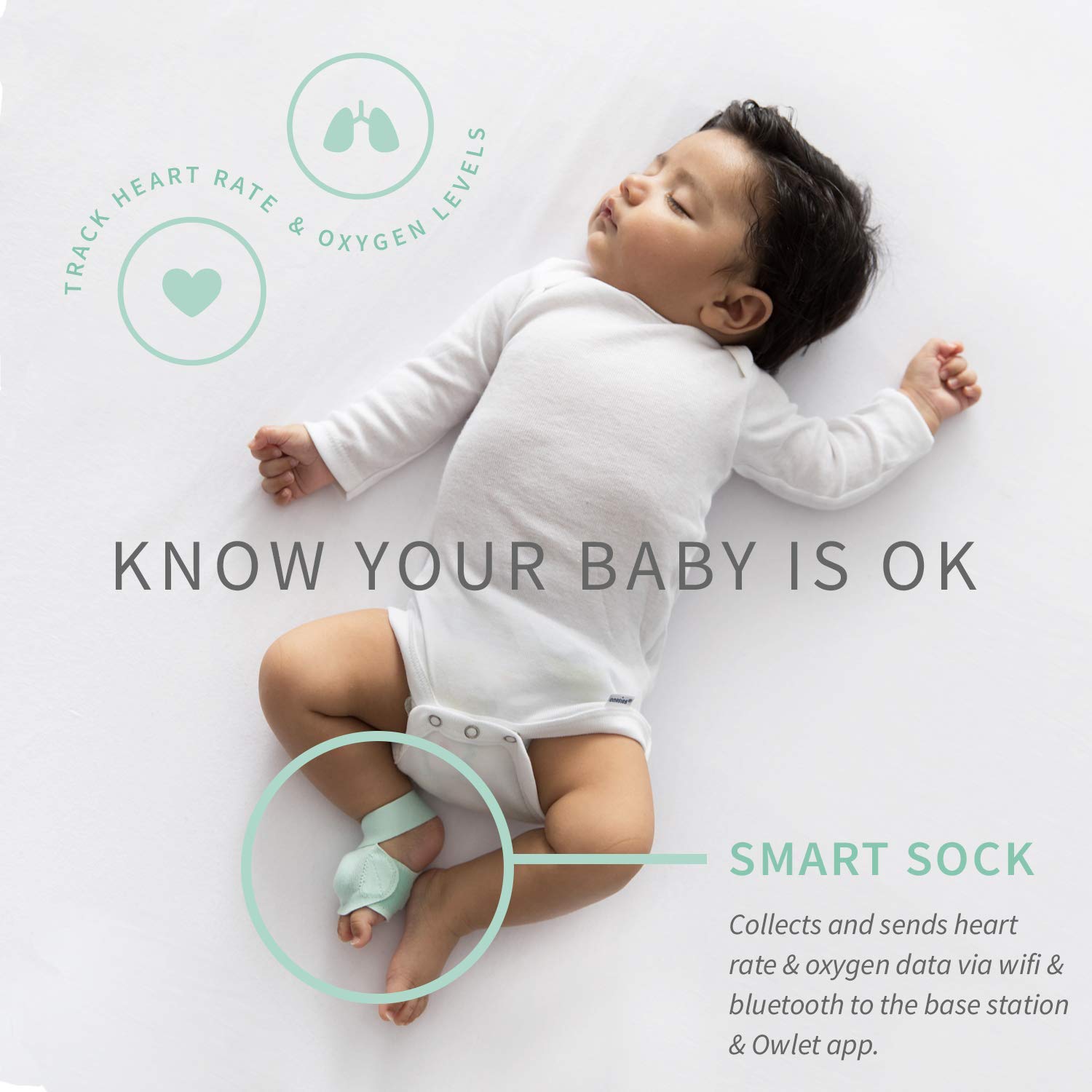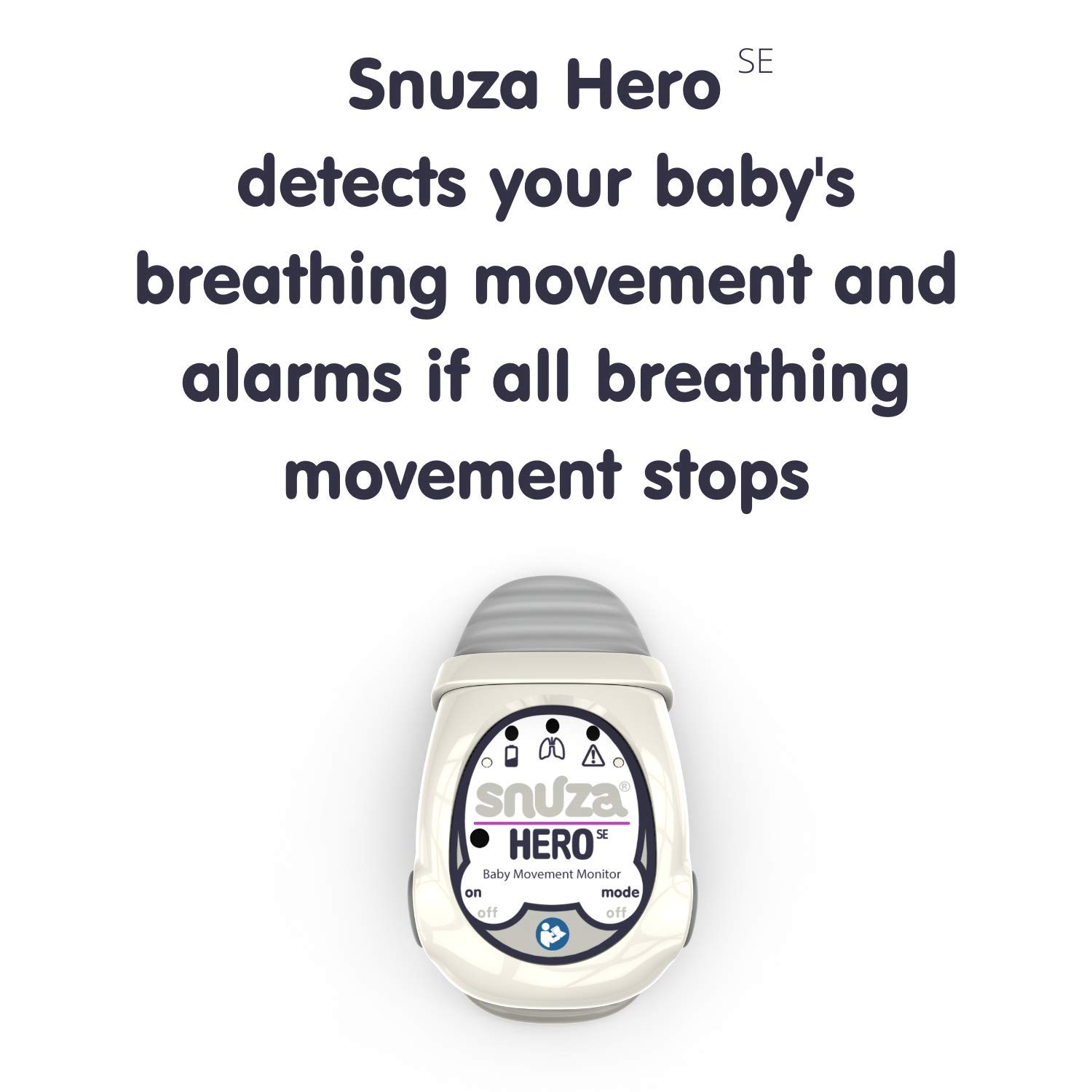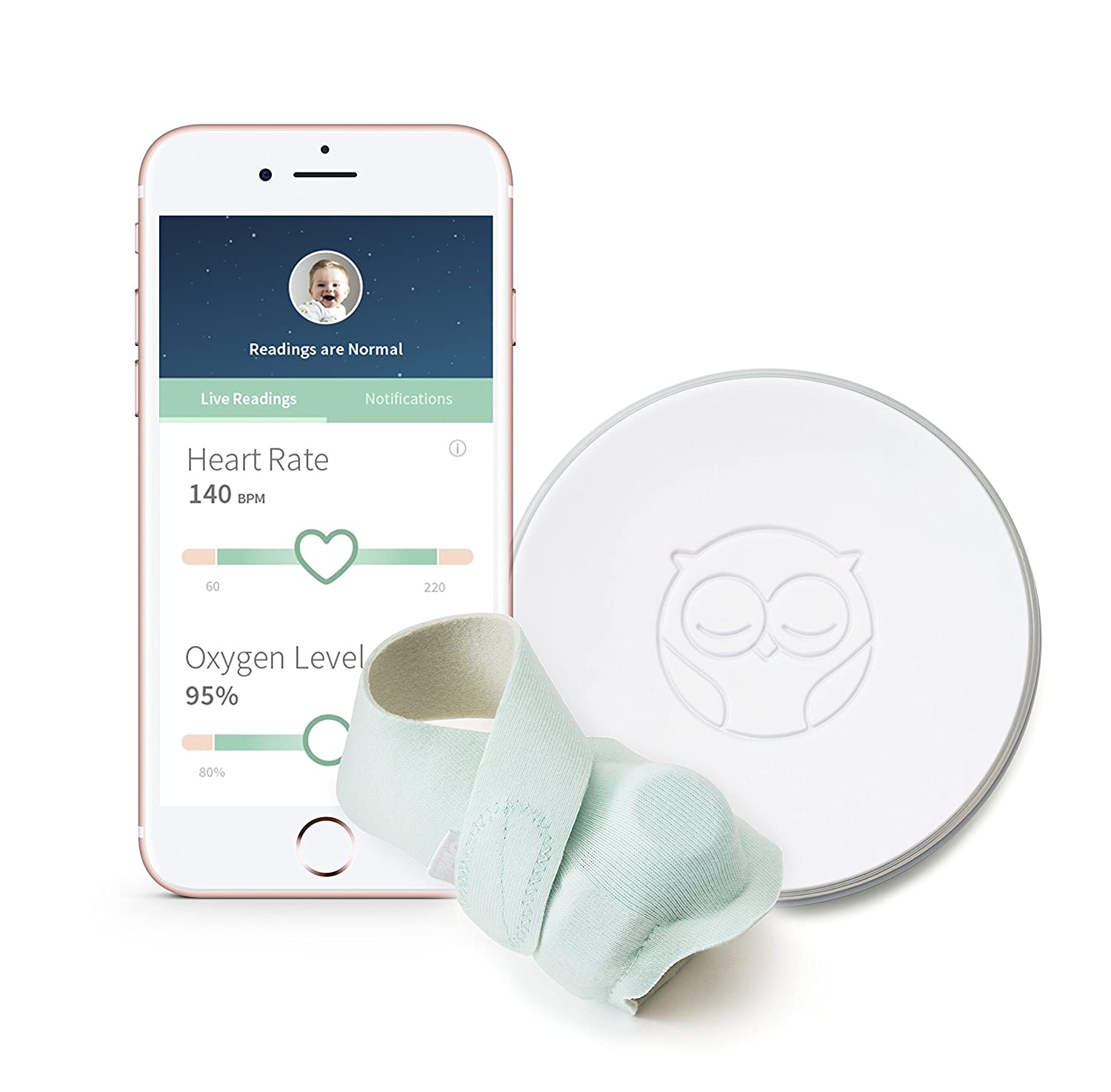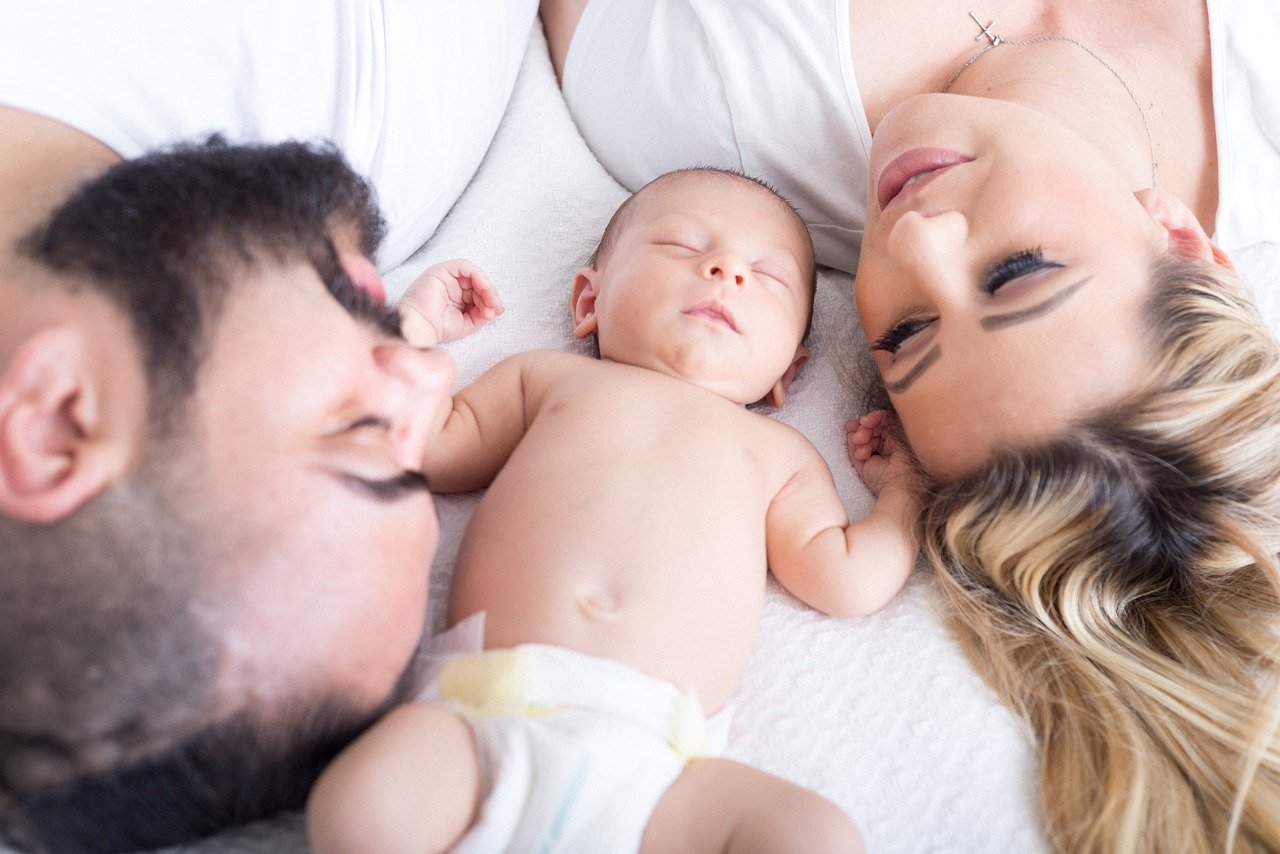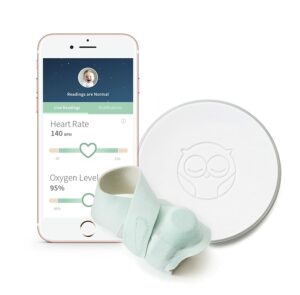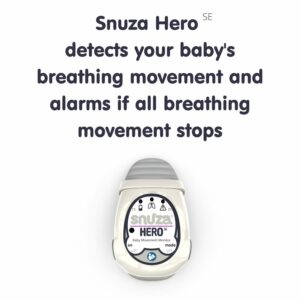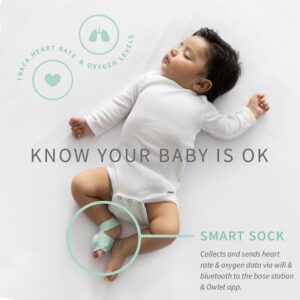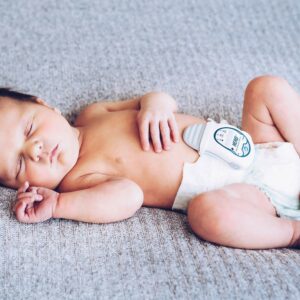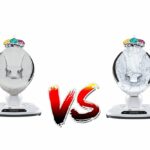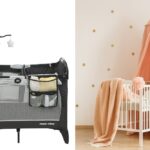Our children are the most precious things we have in our lives and we, as parents will do anything that we can to keep them safe and protect them. I’ve never understood where the phrase ‘sleeping like a baby’ comes from because they don’t. Once you become a parent you will completely understand this. Today I’ll review the Owlet vs Snuza baby heart monitors. We could all use a little peace of mind while our babies are sleeping.
Like babies parents need to sleep too, it is essential for both good physical and mental health. However, this is not always easy when you have so many fears and concerns. I can assure you that many of these are completely irrational and have no scientific bases at all but we still worry. Unfortunately, many of them are all too real and occur frequently!
In a Hurry? Here’s Our Pick!
[amalinkspro_table id=”12859″ aff-id=”undefined” new-window=”on” nofollow=”on” addtocart=”off” /]
What is Sudden Infant Death Syndrome or SIDS?
Sudden Infant Death Syndrome or SIDS is one of these very real fears. SIDS is the sudden and unexplained death of an infant (a baby younger than 1 year old). SIDS deaths are most commonly associated with sleep and as this condition has so many unanswered questions, this why it causes parents the greatest fear. As a mother, there have been many occasions when I have just stood staring at my baby while they sleep, just waiting to see the rise and fall of their chest. You are not alone and you are certainly not crazy!
One of the recommendations to lower the risk of your baby developing SIDS is to ensure that they sleep on their back at all times. The CDC has the following safe sleep guidelines:-
- Place your baby on his or her back for all sleep times- naps and at night.
- Use a firm, flat surface, such as a mattress in a safety-approved crib, covered by a fitted sheet.
- Keep your baby’s sleep area (for example, a crib, or bassinet) in the same room where you sleep until your baby is at least 6 months old, or ideally until your baby is one year old.
- Keep soft bedding such as blankets, pillows, bumper pads and soft toys out of your baby’s sleep area.
- Do not cover your baby’s head or allow your baby to get too hot. Signs your baby may be getting too hot include sweating or his or her chest feels hot.
View in gallery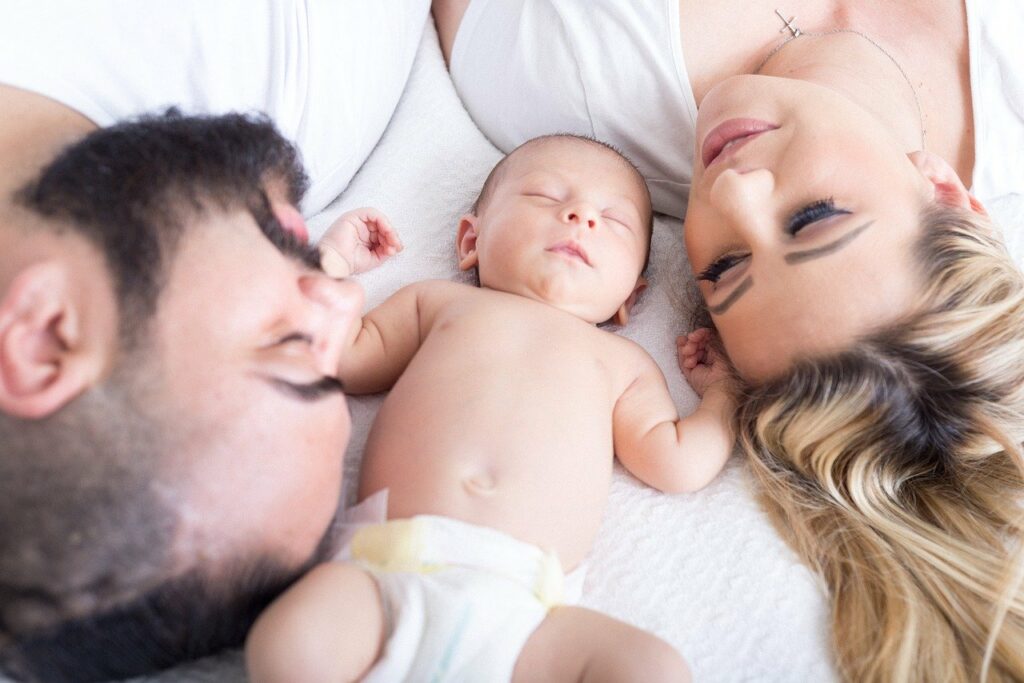
In the past few years, there have been incredibly technology developed such as movement pads, sensor pads and baby monitors that are streets away from just simply listening for when your baby cries. These technological advancements not only help you to keep your baby safe while they sleep but also it can help lower parental anxiety ensuring parents also get a good night’s rest.
I am comparing the Owlet Smart Sock 2 Baby monitor and the Snuza Hero SE Baby Monitor. Both use different monitoring techniques from movement monitoring to your baby’s heart rate and oxygen intake.
The Main Differences between Owlet vs Snuza Baby Monitor.
There are a few differences between these devices and the main ones are:
- The Owlet tracks heart rate and oxygen levels whereas the Snuza monitor’s movement.
- Owlet uses a sock that wraps around your baby’s foot whereas Snuza uses a motion detector that clips onto your baby’s diaper.
- Owlet uses Wifi and an app that you can download to your smartphone whereas Snuza does not use Wifi and currently has no app available.
Although there are a few differences between these products they both have the same principles at heart. That is to constantly monitor your baby while they sleep to protect them and provide parents with peace of mind.
Owlet Smart Sock 2 Baby Monitor
[amalinkspro type=”showcase” asin=”B07VYW1N8N” apilink=”https://www.amazon.com/dp/B07VYW1N8N?tag=mominformedcom-20&linkCode=osi&th=1&psc=1″ new-window=”true” addtocart=”false” nofollow=”true” sc-id=”4″ imgs=”LargeImage” link-imgs=”false” specs=”Three Bonus Blue Socks: Add some color with this exclusive set including Owlets Pink Fabric Sock Set for Smart Sock 2. This bundle contains 6 socks (3 standard socks and 3 pink fabric socks). Each unit includes washable socks that comfortably wrap around the babys foot and connect to a base station up to 100 ft. away without wires. Socks fit most infants from 0-18 months or 6-25 pounds and should be hand washed regularly and alternated from right to left foot each night.~~~Know Your Baby is Okay: Track your babys heart rate and oxygen levels while they sleep using clinically-proven pulse oximetry, and be notified if something appears to be wrong. Have complete peace of mind knowing you can keep track of your babys heart rate and oxygen levels from anywhere.~~~Worry Less and Sleep Better: The Smart Sock connects to a base station that glows green letting you know everything is okay, but uses lights, sounds and app notifications if heart rate or oxygen levels are too high or too low. Parents can sleep better and have less anxiety knowing theyll be made aware if levels go outside of preset zones.~~~Smart Phone APP: See real-time heart rate and oxygen levels on multiple phones using Owlets cloud-connected app. Free iOS & Android apps available. New history tab provides parents with historical trends for heart rate and oxygen and sleep tracking–see how long & how well baby slept.~~~Our Promise: Love it or return within 30 days for a full refund, making it a great gift for baby registries and showers or as a gift to new parents. BPA free, latex free, lead free.~~~” btn-color=”#ff9900″ btn-text=”View on Amazon” alignment=”aligncenter” hide-prime=”0″ hide-image=”0″ hide-reviews=”0″ hide-price=”0″ hide-button=”0″ width=”750″]Owlet Smart Sock 2 Baby Monitor, Blue[/amalinkspro]
The Owlet Smart Sock 2 is an advanced baby monitor that tracks your baby’s heart rate and oxygen levels while they sleep using clinically-proven pulse oximetry. The easy to use sock just wraps around your baby’s foot and connects to a base unit up to 100ft away.
So How Does Owlet Work?
Inside the cute little Owlet sock wrap, there is a small device called an Oximeter that emits a beam of light into your baby’s foot. This monitors your baby’s vital signs.
The oximeter works by emitting a beam of light into your baby’s foot. It then detects how much red light and infrared light is absorbed by the blood. This then calculates how much oxygen is in the blood and how many heartbeats per minute. For any worried parents, this device is completely noninvasive and does not cause your baby any pain or discomfort.
Owlet Alarms and Alerts
The Owlet has preset levels for both oxygen levels and heart rate. An alarm will sound if your baby’s oxygen level drops below 80% or if their heart rate goes below 60 or over 220bpm. These levels can not be altered.
This smart little device comes with four alarms to indicate different things. A green light means everything is great and that there is communication between sock and base. Yellow light with an accompanying lullaby means that the sock is not fixed in place correctly or it may have come loose and therefore can not get an accurate reading. Blue light also accompanied by am lullaby means that the sock and base are unable to communicate. The cause of this could be a loss of signal, a low battery or the units being too far apart. A red light means that your baby’s vital signs are outside the preset levels. This light is accompanied by a very loud siren.
The Owlet App
There is an app available for download. It is available on both iOS and Android. It does require iOS 12 or higher and Android 5.0 or higher to function. This app then enables you to get live updates of your baby’s heart rate and oxygen level. Unfortunately, there appear to be some issues with the connectivity between the base unit and the app with many parents complaining that they are spending a great deal of time each night having to reset and wait for the app and base unit to connect. There are also issues with the app not storing any historical data and there is currently no fix for this issue.
They have recently updated what used to be called Connected Care which was their paid-for app upgrade, this is now called Owlet History. Previously there was an additional charge for the Connected Care service but there is no mention of the same additional charge for Owlet History. Personally, I think that there should be no further costs for what is already an expensive piece of baby equipment.
According to recent reviews, their customer service team are polite and helpful but appear to have very limited knowledge of the workings of the product. Meaning that they are rarely able to offer any further advice than to reset the equipment when a fault occurs.
What you get in the box
In the box, you will receive 3 fully washable cotton socks. These come in three different sizes, with the view that this system can grow with your baby. The socks are suitable for babies from 0-18 months or 25 pounds. you can also continue to use the Owlet with a baby sock or baby-grow on over the sensor.
The smart sock sensor which is the oximeter that actually does all the work and monitoring.
The base station which can be used up to 100ft away from the sensor comes with both audible and visual alarms and alerts.
unfortunately, the Owlet sock 2 will only work on 1 baby at a time. So if you have twins you would have to purchase two complete units. You can, however, monitor both sets of vitals on one phone and multiply people can monitor the baby at the same time.
Owlet Pros
- You get 3 socks in different sizes
- Socks are fully washable once sensor is removed
- Monitors both oxygen levels and heart rate
- There are no wires
- Gives real time updates via app on cell phone
- Multiple people can monitor baby at one time
Owlet Cons
- Expensive
- Unreliable connection to a cell phone app
- Known issues still not corrected
- Customer service has limited knowledge of the product
[amalinkspro type=”cta-btn-css” ctabtn-id=”0″ asin=”B07VYW1N8N” apilink=”https://www.amazon.com/dp/B07VYW1N8N?tag=mominformedcom-20&linkCode=osi&th=1&psc=1″ addtocart=”false” new-window=”true” nofollow=”true” alignment=”aligncenter”]Buy on Amazon[/amalinkspro]
Snuza Hero SE Baby Monitor
[amalinkspro type=”showcase” asin=”B07J4CNB8C” apilink=”https://www.amazon.com/dp/B07J4CNB8C?tag=mominformedcom-20&linkCode=osi&th=1&psc=1″ new-window=”true” addtocart=”false” nofollow=”true” sc-id=”4″ imgs=”LargeImage” link-imgs=”false” specs=”Wearable baby monitor that easily clips onto your babys diaper~~~Snuza Hero monitors your babys breathing movement and will attempt to gently rouse your baby after 15 seconds of no breathing movement.~~~Snuza Hero will alarm after 20 seconds of no breathing movement allowing you to act quickly~~~Heading out? Simply pop the Snuza into your bag – no cords, wires or complicated sensor pads~~~No need to hover over your sleeping baby at night. Enable Snuzas tick mode to hear your babys breathing movements at night.~~~” btn-color=”#ff9900″ btn-text=”View on Amazon” alignment=”alignnone” hide-prime=”0″ hide-image=”0″ hide-reviews=”0″ hide-price=”0″ hide-button=”0″ width=”750″]Snuza Hero (SE) Premium Baby Movement Monitor – Wearable Infant Abdominal Movement Monitor Alarm – Cordless, Long Battery Life.[/amalinkspro]
The Snuza Hero SE is a very different baby monitor. Babies do not breathe as adults do, in fact, they do not breathe as children do. Babies breathing is all from their stomach muscles, as they have not learned to use their diaphragm effectively. This is the key point that led to the invention of the Snuza Hero SE, which relies on this simple stomach movement.
So How does the Snuza Hero SE Work?
Snuza is a simple little device that clips to the top of your baby’s diaper. It has a flexible tip that sits on your baby’s stomach and this is used to detect abdominal movement. The Snuza Hero will alert you if there is no movement detected or if your baby’s movements fall below the preset parameters.
Snuza Hero SE Alarms and Alerts
Snuza has a system of alarms to alert you if there is a problem. The most important one is that if there is no movement detected after 20 seconds then there will be an audible alarm sounded.
But Snuza has another feature that is unique. If no movement is detected after 15 seconds, the device will gently vibrate to try to stimulate your baby to resume the abdominal movement. This is often enough to get things back to normal, if this is the case then the Snuza Hero will just go back to normal monitoring mode.
However, if this happens on 3 consecutive occasions, you will be alerted by a “Rouse Warning”. If after a further 5 seconds and there is still no abdominal movement then there will be a sharp audible alarm. The Snuza will also alert you if there is low movement, under 8 per minute.
It is recommended that this device is not used when your baby is in a car seat or rocking crib due to it detecting external motion. It is also not advised to use if you are co-sleeping or bed-sharing.
What you get in the box
In the box, you will receive your Snuza Hero SE device and that is it. There are no charging cables required and no fancy base units. Just this one simple device!
Snuza Pros
- The simplicity of the device
- No Bluetooth/wifi required
- Affordable
- No smartphone Connectivity
- Portable
Snuza Cons
- Some battery issues (not long lasting)
- Customer reviews stating many false alarms
- Light is too bright
- Alarm too quiet
[amalinkspro type=”cta-btn-css” ctabtn-id=”0″ asin=”B07J4CNB8C” apilink=”https://www.amazon.com/dp/B07J4CNB8C?tag=mominformedcom-20&linkCode=osi&th=1&psc=1″ addtocart=”false” new-window=”true” nofollow=”true” alignment=”aligncenter”]Buy on Amazon[/amalinkspro]
Owlet vs Snuza FAQ.
Is there any way to adjust the settings on the Owlet?
There is no way to adjust the basic settings of 60bpm. It is pre-set with no adjustment to prevent it accidentally being set too low and therefore not alerting when it should.
Can you only attach to a diaper or could you attach it on top of clothing?
Ideally, it is recommended that the Snuza is attached to the diaper under clothing so that it is in contact with the skin.
At what point is SIDS no longer a concern?
SIDS is of most concern in children under 6 months old but does still occur in children up to a year old. Though figures show that the risk decreases the older your baby gets.
Owlet vs Snuza The Final
Comparing the Owlet and Snuza is a very difficult task as both are very different. Although they both have things in common such as their main goal is to provide parents with peace of mind while lowering the chance of SIDS in babies, they approach it from two very different camps.
The Owlet Smart Sock is full of features that I think will appeal to parents who are very technologically savvy. For those parents that want something that can connect to an app on their phone that shows real-time heart rate and oxygen levels for their baby. Complete with audible warnings direct to your phone and base unit.
Although there are some issues with connectivity between devices. This is something that would concern me and possibly lead to an alarm being missed. For this reason, I would choose the Snuza.
The Snuza Hero SE is small and simple. This simplicity is what appeals to me as a parent, with fewer things that can potentially go wrong with it. The only drawback is that it does not have another way of warning you apart from the device itself. Maybe something that they can consider moving forward would be adding a base unit that would also alert to any issues.
As a parent to 5 children, personally I would choose the Snuza Hero SE at this time as the simplicity of the system really appeals to me. With fewer things that could possibly go wrong, it would put my mind at rest if I had a newborn. I would reconsider the Owlet at a later stage if the connectivity issues were for the most part resolved.
